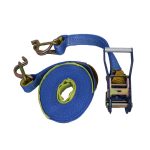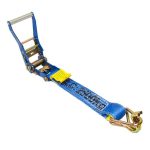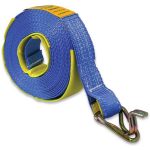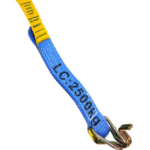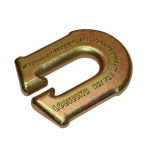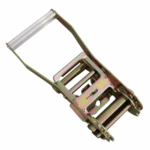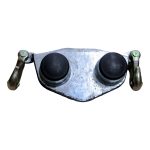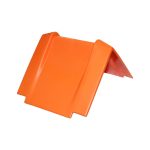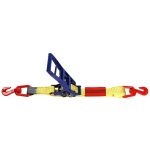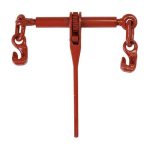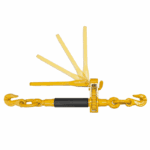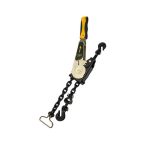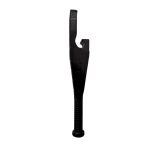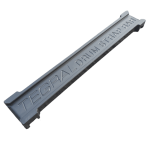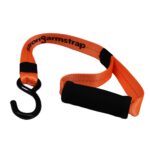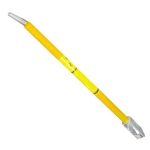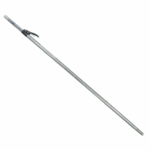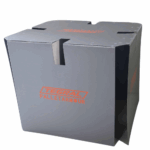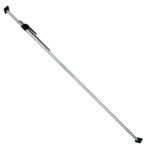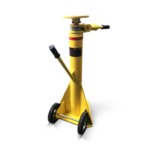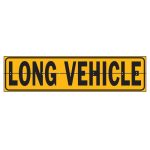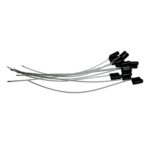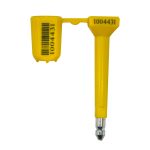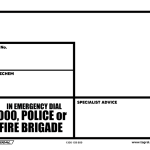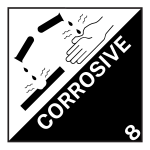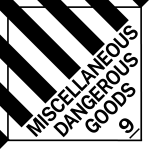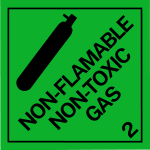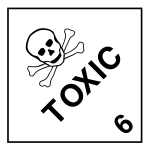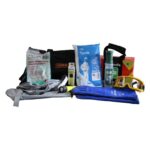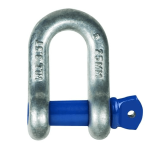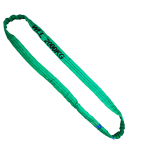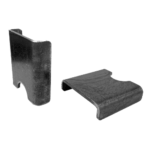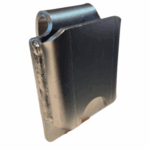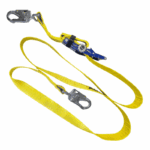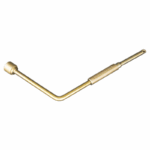Fatigue management is a critical component of road safety, especially for heavy vehicle operators. Long hours, demanding schedules, and irregular sleep can all contribute to fatigue, putting drivers and others at serious risk. In this blog, we explore practical fatigue management strategies, industry guidelines, and new technologies designed to help drivers stay alert, compliant, and safe behind the wheel.
1. Understanding Fatigue and Its Risks
Fatigue, defined as feeling sleepy, physically or mentally tired, or lacking energy, is a major safety hazard for heavy vehicle operators. It can emerge from insufficient sleep, night-time driving, or prolonged wakefulness. Importantly, even when drivers comply with work‑and‑rest rules, fatigue may still impair judgement, highlighting the need for ongoing self-awareness and safety culture.
2. Standard, Basic, and Advanced Fatigue Management Options
The Heavy Vehicle National Law (HVNL) provides various fatigue‑management approaches:
- Standard Hours: Prescriptive work and rest limits that drivers must follow.
- Basic Fatigue Management (BFM): Allows up to 14 hours of work in a 24-hour period, provided risks are properly managed.
- Advanced Fatigue Management (AFM): A performance-based, tailored approach that replaces rigid hours with flexible scheduling and risk controls. Operators develop a safety case and operations manual to demonstrate how fatigue risks are managed; the NHVR evaluates applications based on these documents.
- AFM emphasizes frequent breaks, adequate sleep recovery opportunities, and reducing continuous work time, guided by fatigue principles.
3. Exemptions When Standard Rules Don’t Fit
In certain circumstances, exemptions are available from HVNL fatigue rules, for example, for drivers in emergency services or special industries. Operators can apply for permits covering record-keeping, work diary, or hours requirements, often for a three-year period.
Applications must outline the reasons for the exemption request and describe the safety measures in place to offset associated risks.
4. Leveraging Fatigue & Distraction Detection Technologies (FDDT)
Technology now offers practical support in identifying and managing fatigue:
- After years of trials and research, including the 2019 Phase 2 Monitoring Trial, FDDTs such as in-cab cameras and monitoring systems have demonstrated safety benefits by alerting drivers and operators to fatigue or distraction events.
- In August 2024, the NHVR released Good Practice Guidance to aid industry uptake of FDDTs. This guide offers:
- An overview of technology types and safety advantages.
- Practical advice for installation, setup, maintenance, and responding to alerts.
- Fillable templates to incorporate into safety management under HVNL duties.
5. Practical Fatigue Management Tips
- Know the signs: Recognise when you’re mentally or physically tired, even if you’ve met rest requirements.
- Choose the right management system: Standard, BFM, or AFM, depending on operational needs and readiness to manage fatigue risks.
- Utilise technology: FDDTs can act as a ‘mate in the cab’, providing early warnings and supporting safety systems.
- Document and plan: Use the NHVR’s guidance templates and ensure fatigue management systems are clearly documented and maintained.
- Stay compliant and educated: Keep accurate records and be aware of exemptions to ensure safety and compliance.
Conclusion: Managing fatigue isn’t just about ticking off rest hours, it requires a proactive system supported by risk assessment, smart scheduling, technology, and evolving best practices. Whether you adopt Standard Hours, BFM, or AFM, the focus must always remain on safety, for drivers, operators, and everyone on the road.
You May Also Be Interested In
Tegral V-Lash Ratchet Straps: Colour-coded Ratchet Straps
Brisbane Makes History with World’s Longest Electric Road Train
What does Line Haul mean in Trucking?
NHVR Ramps Up Safety Blitz on Eyre Highway Following Fatal Truck Crashes




